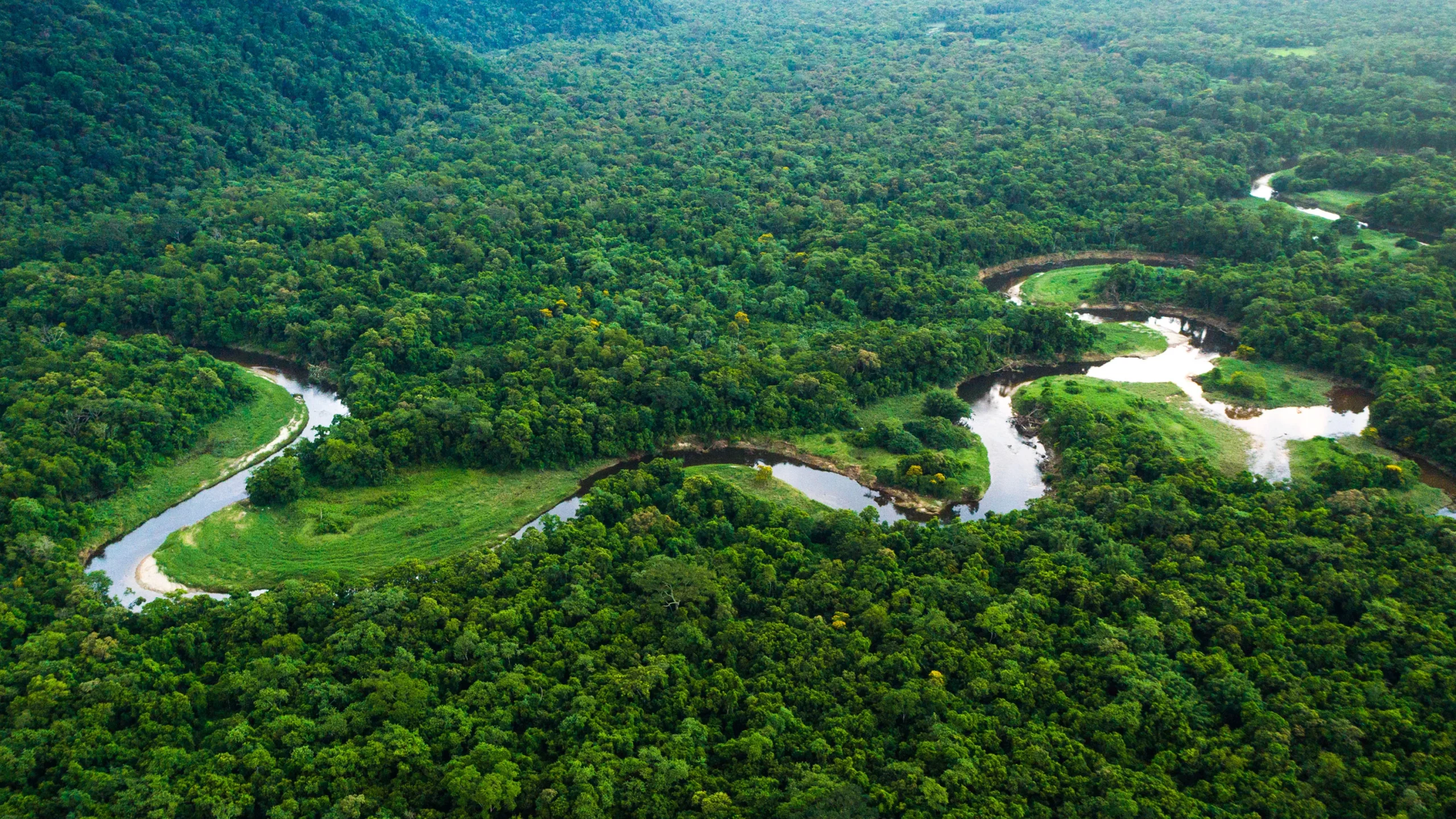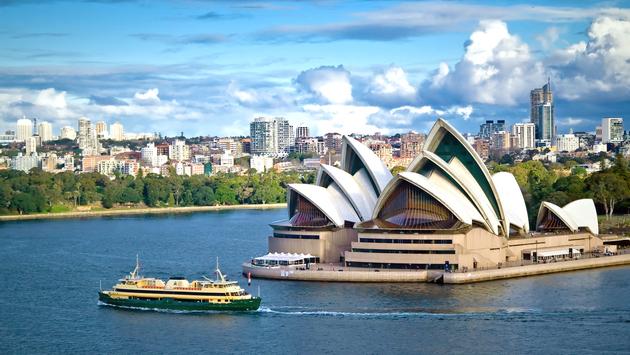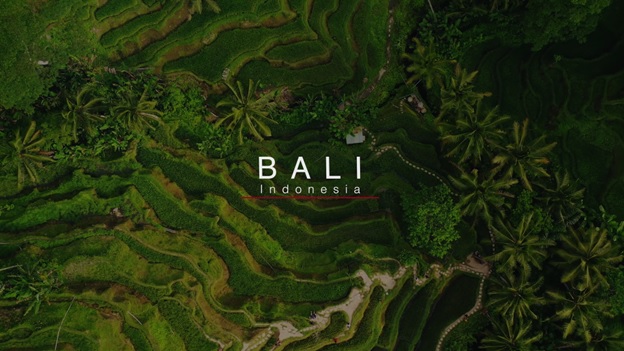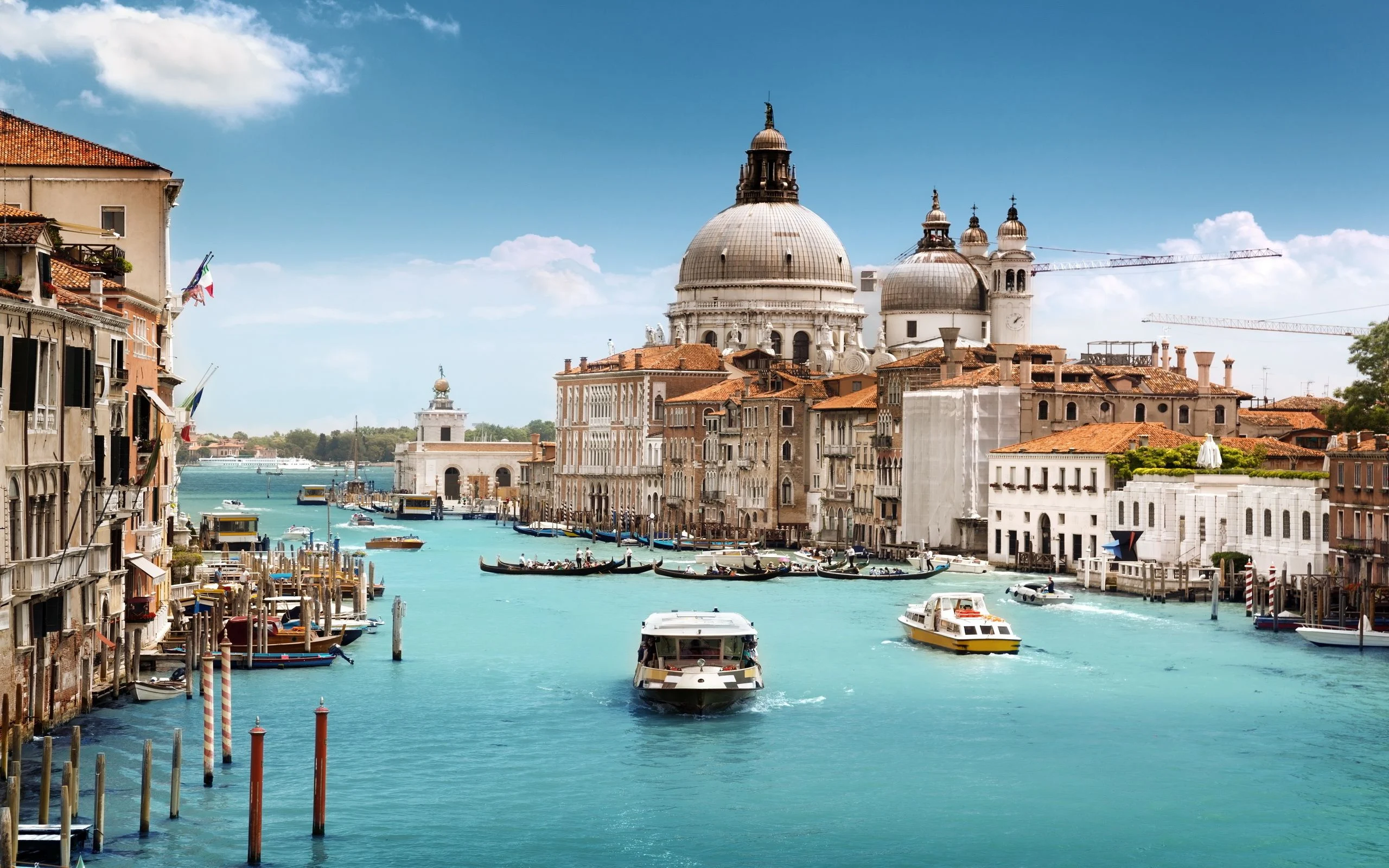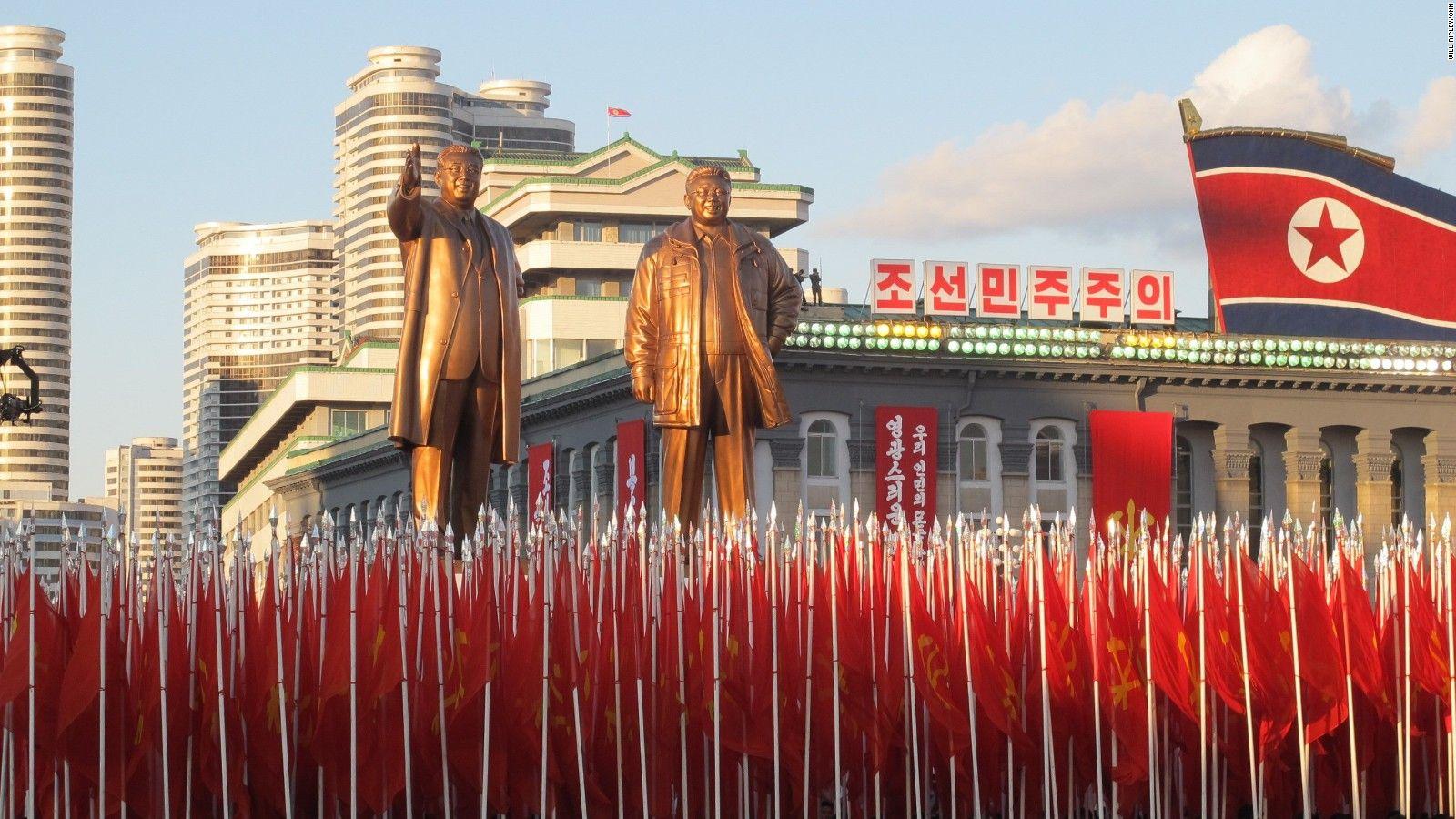Category: Landscape
Tags: 4k sample Country, City, Landscape, 4k Sample
Costa Rica

The nation of Costa Rica, which can be found in Central America. Is consistently named among the top spots on lists that rank the most popular places in the world to travel to. Tourism is one of the most important revenue generators for Costa Rica. Since 1948, Costa Rica has been a democratic and peaceful nation. Despite the fact that it has never maintained a standing army.
Despite the fact that the country is so small. And it only covers 0.03 percent of the area of the earth. It is quite proud of the fact that it is home to 5 percent of the total biodiversity. That exists across the entire planet. The country is comprised of conservation and natural protected territory. Making about twenty-six percent of the total land area.
In addition, the opening of the National Congress and Convention Center (CNCC) in 2018. Which has the capacity to welcome around 4,600 people to its meetings. Has turned 2018 into a year that is a magnet for meeting tourism.
The new area, which is only ten kilometers away from San José and eight kilometers. From the Juan Santamara International Airport. Will serve as a meeting place for people of varying cultural and ethnic origins. To interact with one another and share ideas for new enterprises.
Because of the exceptional academic level of its population. As well as the high standard of modern services, as well as social and political stability. Costa Rica is also an attractive country for investment and offers a great potential. For the establishment of important multinational companies. This is due to the fact that Costa Rica is a politically and socially stable country.
People and Heritage
In Costa Rica, the importance of family cannot be overstated. Most families expect their children to remain living at home with them until they get married. In Costa Rica, the value placed on leisure far exceeds that of paid labor. Ticos, as the people of Costa Rica call themselves. There are of the mindset that life should be enjoyed. Despite the fact that working is required to make a living.
Communities continue to use their native tongues, such as the Bribri language. Which is the native tongue of the people who live in the Talamanca region. And English is frequently used by people for whom it is a second language.
Holy Week and Christmas are only two examples of the numerous celebrations. And holidays that revolve around religious events.
Soccer, more commonly known as futbol, is by far the most popular sport played in Costa Rica. Even in the smallest communities, there is at least one soccer team.

Nature in Costa Rica
The establishment of national parks is one of Costa Rica’s many efforts. Toward achieving the nation’s stated goal of “conserving the country’s natural splendor and biological variety.” The country’s forests take up about one fifth of the land area. The Monteverde Cloud Forest Reserve holds the title of being Central America’s most extensive cloud forest. There are about 2,000 different kinds of trees. And 9,000 different kinds of flowering plants that can be found in Costa Rica.
The dry season of tropical forests lasts until April or May, when it is followed by the wet season. The arrival of the rains brings the woodlands to their full flowering potential. Its climate in tropical rain forests is consistently hot and humid throughout the year. Such frequent and intense rainfall stimulates the development of robust plant life. Throughout the entire forest, from the treetop canopy to the understory. Including fungus, molds, ferns, and vines. In many coastal regions, palm trees and mangroves can be found growing in abundance.
There are more than 200 different species of reptiles, with snakes making up the vast majority. Toads and frogs come in a wide variety of vibrant colors, with some. Like the poison arrow frog, being particularly eye-catching. Additionally, hundreds of species of mammals, such as bats. And thousands of species of insects. Such as colorful butterflies and leaf-cutting ants, call this country their home.
Those who go birdwatching have a chance of seeing the beautiful endangered quetzal bird. Blue-footed boobies, scarlet macaws, and toucans. The orchid is the official flower of the nation. In Costa Rica, there are more than 1,200 different species of orchids.
The History
Columbus found 400,000 Indians in Costa Rica in 1502. In 1524, Spain invaded Portugal. This Spanish province grew slowly. Agustn de Iturbide absorbed Costa Rica for two years after its independence in 1821. 1848 saw its independence. Costa Rica has one of the most democratic administrations in Latin America. Except for the Toms Guardia era (1870-1882).
Oil prices, commodities prices, and inflation harmed the economy in the 1970s. Since then, coffee, banana, and meat exports have been reduced. Tourism is booming. Miguel Arias Snchez helped his country’s economy and Central America’s peace.
In 1994, National Liberation Party’s Jos Maria Figueres Olsen elected president. He criticized IMF economic ideas, supporting government action. The World Bank withheld $100 million. Miguel Angel Rodrguez of the Social Christian Unity Party became president in 1998 and promised economic improvements. Costa Rica and Nicaragua settled a long-standing dispute over the San Juan River in 2000. A psychiatrist, Abel Pacheco, won the president in April 2002. Teachers and energy workers struck in May 2003 over privatization and pay.
Land
 Costa Rican culture is in
many ways a reflection of its racial diversity.
Costa Rican culture is in
many ways a reflection of its racial diversity.
The country of Costa Rica bordered by Nicaragua to the north, Panama to the southeast. The Caribbean Sea along the 185-mile (300-km) northeastern coastline. And the Pacific Ocean along the 630-mile (1,015-km) southwestern coastline. Costa Rica’s landmass extends from the northwest to the southeast of Central America.
The distance between the Pacific Ocean and the Caribbean Sea is roughly 100 kilometers. (About 75 miles) at the country’s most westerly point (120 km).
Climate
During the rainy season, which typically lasts from May to October in the north. And from April to December in the south, the Pacific coast experiences heavy rainfall. As a result of thermal convection as well as onshore breezes. The trade winds that blow from the northeastern part of the Caribbean. To the east produce an adequate quantity of precipitation all year long for the east coast of the country. With the Barra del Colorado region receiving the heaviest amounts. The temperature is mild and temperate in the higher mountain ranges. Whilst the Pacific sides have alternating periods of rainfall and dryness.
Because to its location in the Central Valley at an elevation of 3,800 feet (1,160 meters). San José experiences pleasant year-round temperatures and an adequate amount of precipitation. There is an annual average of more than 70 inches of rainfall. With the lowest average monthly rainfall there being well under 1 inch (25 mm). In February and the highest average monthly rainfall there being more than 12 inches (300 mm) in September (1,800 mm). There is a correlation between height and temperature. The average temperature of San José is 69 degrees Fahrenheit (21 degrees Celsius). But stations located at 7,665 feet (2,340 meters) and 682 feet (210 meters). It have recorded temperatures of 59 degrees Fahrenheit (15 degrees Celsius). And 80 degrees Fahrenheit (27 degrees Celsius), respectively.
Languages of the Country
Spanish spoken in Costa Rica with a distinct national accent and a number of uncommon usages. That are unique to the country. The diminutive ending -tito changed to -tico by Costa Ricans. A technique that is widespread in other parts of the world but unusual in Central America. This is how the country got its moniker. In the province of Limón. Descendants of Africans speak Spanish as well as a creole called Limonese Creole. Which is similar to Jamaican English.
The Chibchan language family is responsible for the majority of the indigenous languages. That spoken in Costa Rica. These include Bribr, Cabécar, Maléku Jaka, Boruca, and Térraba, among others.
Religion
Roman Catholicism practiced by just under three quarters of the population in Costa Rica. Despite the fact that Roman Catholicism is the official religion of the country. And receives funding from a relatively insignificant portion of the national budget. The constitution of 1949 guarantees the right to freedom of religion. Its remaining population is predominantly Protestant. And the majority of them can found in the province of Limón.
In the 1950s, a community of Quakers that had previously lived in the state of Alabama in the United States. Went to Costa Rica and established the town of Monteverde there. They played a very important role in the establishment of the Monteverde Cloud Forest Biological Reserve. A somewhat modest Jewish community can found primarily in San José or the surrounding area. A very small community of Mennonites can found in the Sarapiqui region. Which is located at the foot of the Cordillera Volcánica.
Other Facts About Costa Rica

Statistics alone cannot do credit to the warm and welcoming people of Costa Rica. Its breathtaking landscapes, its abundant lands, and its lengthy history. But the facts certainly offer a colorful picture of this Central American nation. Which has been a democracy for more than 60 years, has a stable government. The state religion is Catholicism, and places a high premium on protecting the environment.
Less than one percent of Costa Rica’s population can trace their roots. Back to the country’s indigenous peoples, whereas approximately 94 percent of Costa Ricans. As they can trace their roots back to mostly European ancestors.
In Costa Rica, the Spanish language used as the official tongue. In spite of this, a large number of individuals on both coastlines. Particularly on the Caribbean side, are natural English speakers. As a result of immigration that occurred both recently and in the early 20th century.
In Costa Rica, there are about 34,000 different kinds of insects and over 20,000 different species of spiders.
More than 10% of the world’s butterfly species may found in Costa Rica. Making it the butterfly capital of the world.

